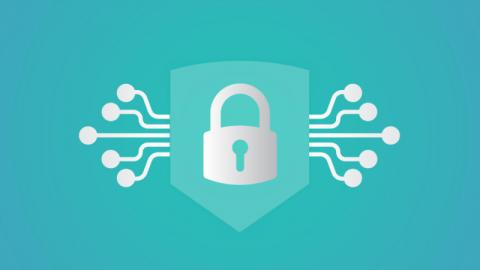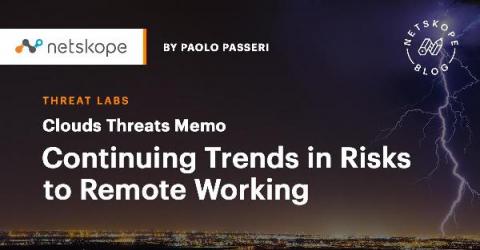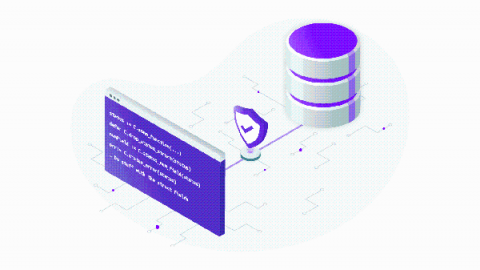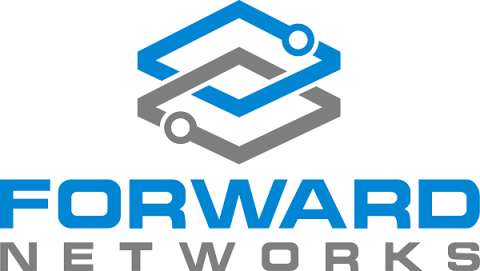The 8 best IntelliJ plugins for improving your coding experience
For many developers, a good IDE is like a Swiss Army knife. It is a tool that integrates all sorts of features you need as a developer in a single program. Therefore many developers primarily work from their favorite IDE instead of opening multiple single-purpose tools.










